T4K3.news
Breakthrough research identifies cause of sea star wasting disease
Scientists have pinpointed Vibrio pectenicida as the bacterium responsible for sea star wasting disease.

Scientists have made a significant breakthrough by discovering the bacterium behind sea star wasting disease.
Research identifies bacterium responsible for sea star wasting disease
A major study published today reveals that scientists have identified the bacterium Vibrio pectenicida as the cause of sea star wasting disease. This disease has led to the decline of sea star populations along the West Coast since its outbreak in 2013, impacting ecosystems from Alaska to Mexico. Researchers, led by Drew Harvell and Alyssa Gehman, spent over a decade investigating this epidemic. The team utilized meticulous laboratory experiments to confirm that the bacterium was responsible for the symptoms seen in diseased sea stars. This finding could pave the way for recovery efforts and better management of marine ecosystems.
Key Takeaways
"It feels bad but we remember we’re doing this for the good of the whole species"
Alyssa Gehman reflects on the emotional difficulty of the research process.
"You’re not gonna be able to get these stars back in nature if you don’t know what’s killing them"
Drew Harvell emphasizes the importance of knowing the disease's cause for successful recovery.
The confirmation of Vibrio pectenicida as the culprit behind sea star wasting disease underscores the delicate balance of marine ecosystems. Sunflower stars play a crucial role in controlling prey populations, and their decline has allowed other species, like sea urchins, to proliferate unchecked. This research not only highlights the importance of biodiversity but also illustrates the ongoing challenges in marine conservation. As scientists launch recovery projects, understanding the environmental triggers of this disease will be essential for restoring the health of compromised ecosystems.
Highlights
- Understanding what kills them is the first step to saving the stars.
- Our work was driven by hope for the species' future.
- Knowing the cause unlocks future solutions for recovery.
- This is a turning point for marine ecosystem health.
Concerns over marine ecosystem stability
The decline in sea star populations raises worries about ecological balance and species interactions along the coastline, with potential backlash from environmental advocates if recovery efforts are not managed effectively.
The findings may signal a turning point in marine conservation strategies.
Enjoyed this? Let your friends know!
Related News
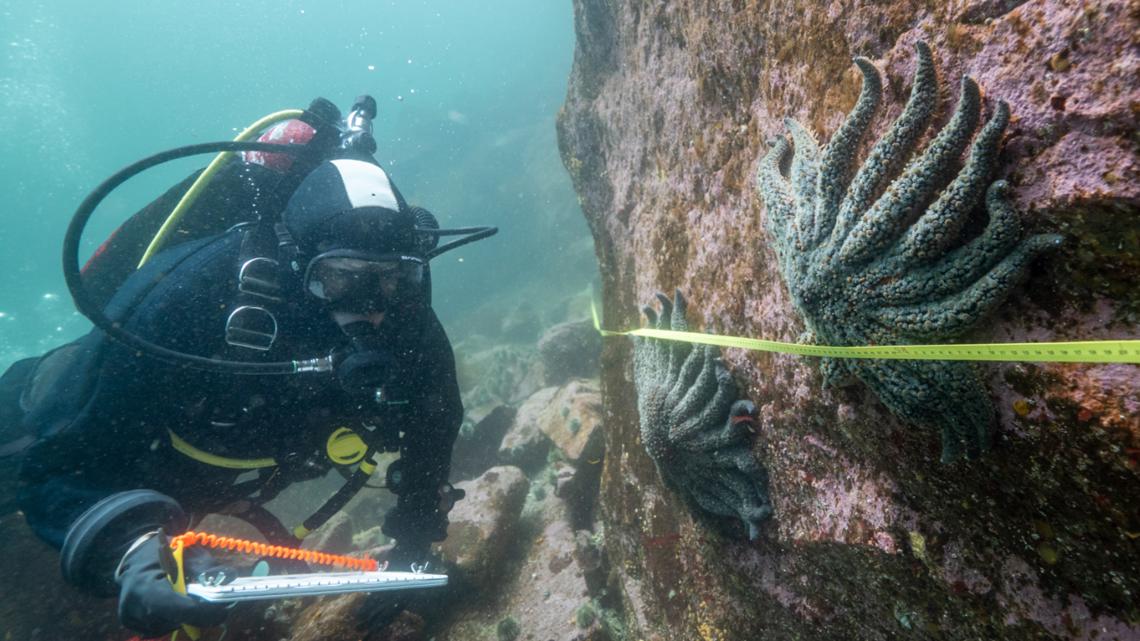
Scientists reveal cause of sea star die-off
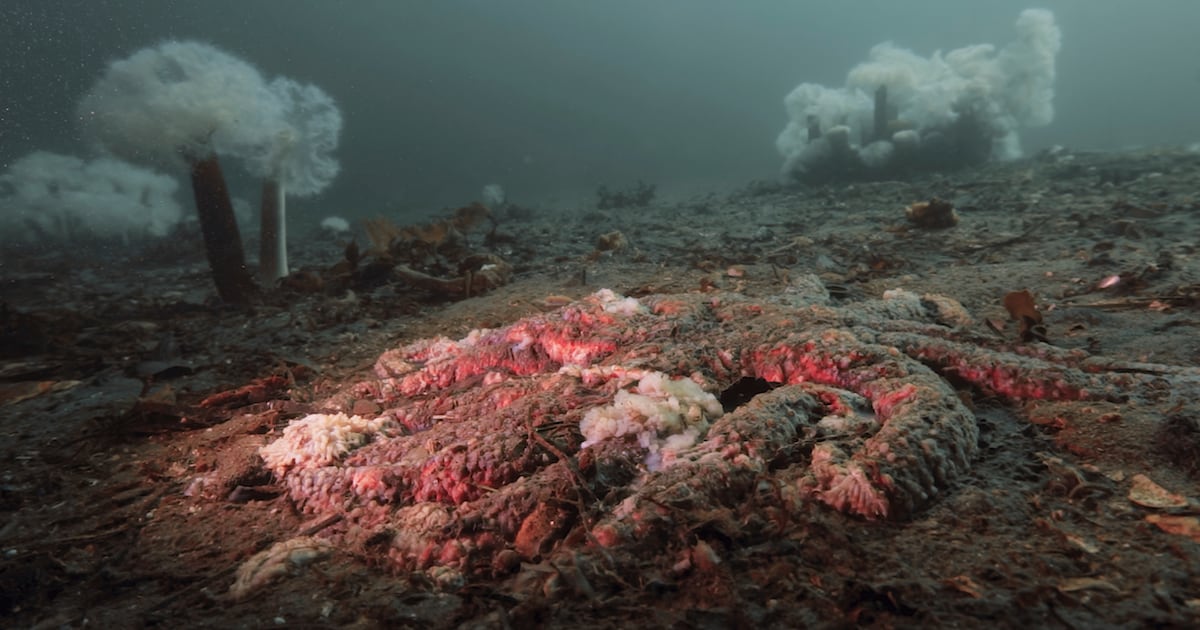
New insights into sea star die-off reveal bacterial culprit
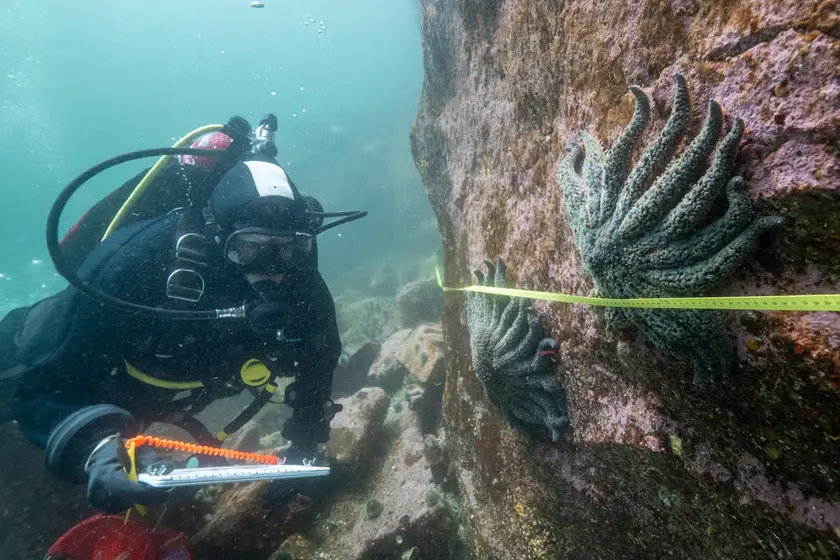
Breakthrough in sea star mortality mystery
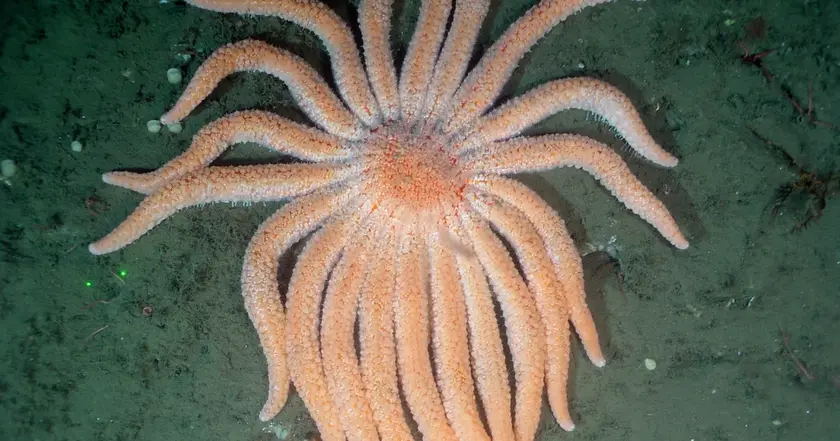
Researchers find bacteria behind sea star die-off
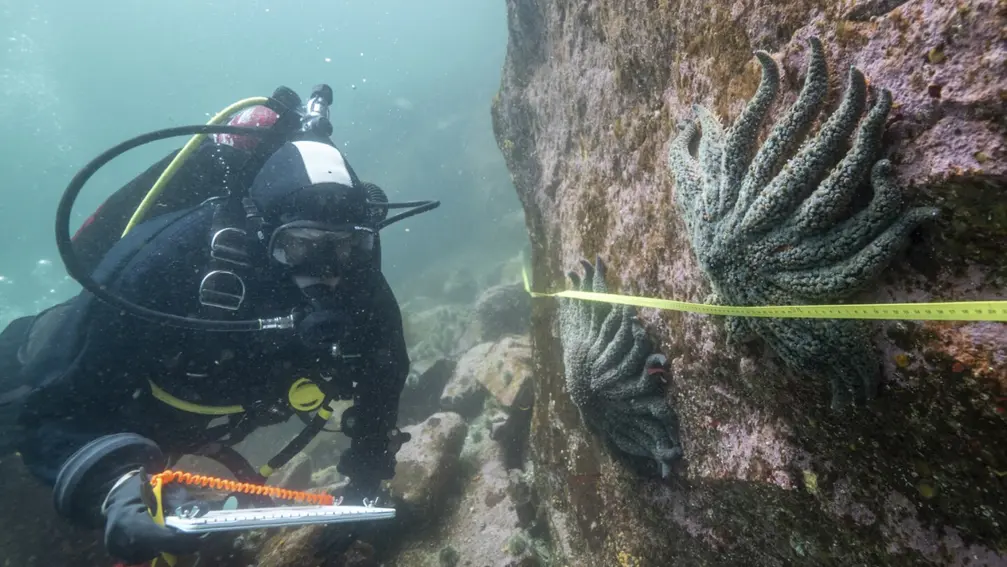
Scientists find cause of sea star epidemic
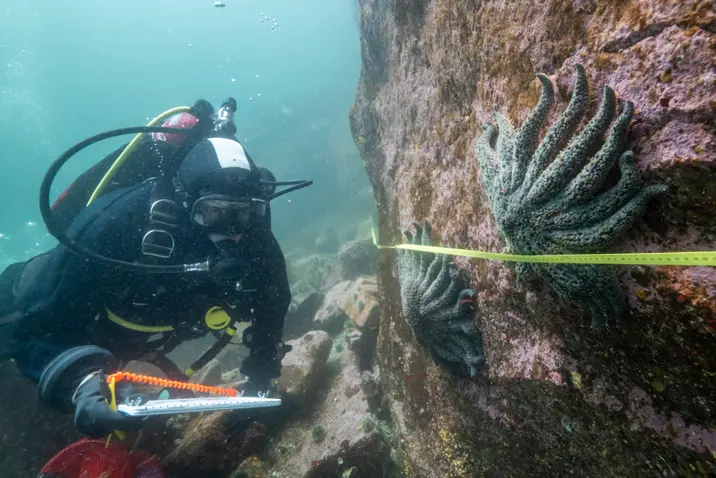
Scientists identify cause of starfish mass die-off

Research suggests sunflower sea stars may help restore kelp forests

Scientists find cause of debilitating back pain in SpA
